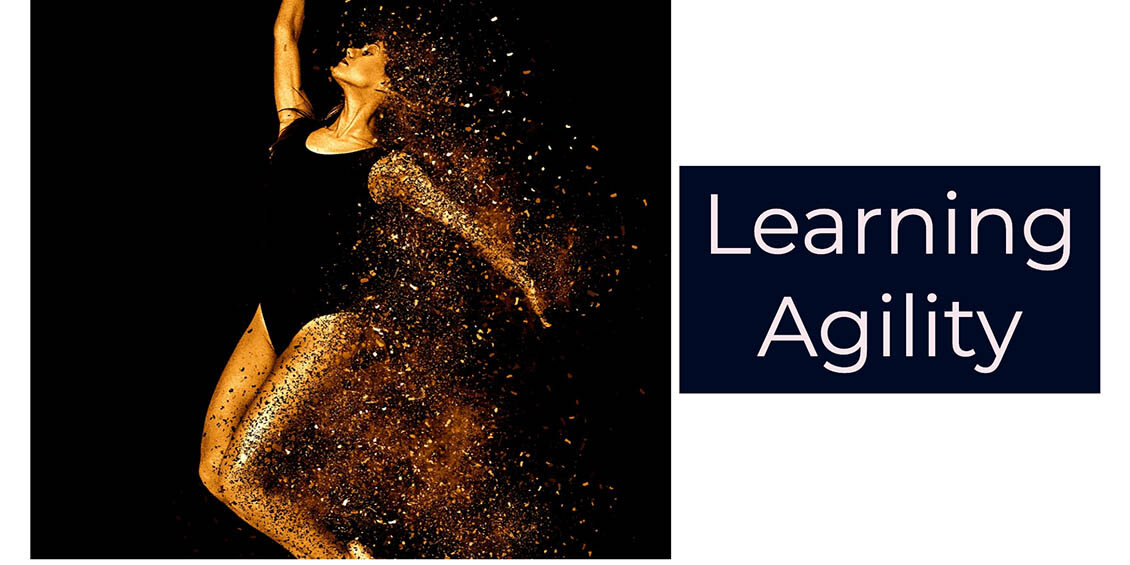 What are four different ways in which we measure learning agility? The ability to learn and unlearn will be important as we discover a new future of work.How do companies identify high potential employees? Different organizations use different approaches. There are a host of assessments that can provide data on various competencies that makes leaders successful. There are competencies that leaders need to translate their vision of the future into a strategy. They need to have the competencies to communicate and inspire the stakeholders to buy into that vision. They also need to be able to cobble together a team that will execute that plan. To continue to be successful repeatedly requires leaders to be agile learners. To learn from heir own experience of success and failure. they also need to learn from others success and failure. They are risk takers. Leadership success goes to those who are learning agile.I had attended a workshop by Bob Eichinger where he had outlined the four factors that make up Learning Agility.
What are four different ways in which we measure learning agility? The ability to learn and unlearn will be important as we discover a new future of work.How do companies identify high potential employees? Different organizations use different approaches. There are a host of assessments that can provide data on various competencies that makes leaders successful. There are competencies that leaders need to translate their vision of the future into a strategy. They need to have the competencies to communicate and inspire the stakeholders to buy into that vision. They also need to be able to cobble together a team that will execute that plan. To continue to be successful repeatedly requires leaders to be agile learners. To learn from heir own experience of success and failure. they also need to learn from others success and failure. They are risk takers. Leadership success goes to those who are learning agile.I had attended a workshop by Bob Eichinger where he had outlined the four factors that make up Learning Agility.
1. MENTALLY AGILE:
These are people who can see patterns in data and enjoy solving complex problems. They are comfortable playing with complex ideas and can explain complex thoughts to others in a simple manner that helps others to understand the vision in clear terms.Describes people who think quickly, can link diverse ideas and thoughts.
2. AGILITY WITH PEOPLE:
The temple of Apollo at Delphi has the words Know Thyself inscribed. In the recent times management thinkers from Peter Drucker to Daniel Goleman (author of the bestselling book Emotional Intelligence) have written about the importance of self awareness. Why does that matter? Because once you know yourself, you are better able to understand others and can manage better in situations that cause interpersonal stress or conflicts.
3. AGILITY IN DEALING WITH CHANGE
If you are curious and enjoying following new ideas, new technology and are not daunted by it, then this very well describes you as a person with change agility. When a new method is suggested, you roll up your sleeves and test out the idea instead of moaning and groaning about how tough it is to deal with constant change. In fact many of these people actively embrace an opportunity to change te status quo. Combined with mental agility and people agility it is possible for such leaders to also smoothen the way for their teams to embrace change without hiccups.
4. AGILITY WITH RESULTS
If you can get results regardless of the team you are given or the task and know just what trade-offs you have to balance then you have results agility. Agility with results comes when the leader can deliver a successful outcome regardless of the circumstances. they are able to navigate their way successfully in good times and bad. Their teams lean on them because they know success is assured. Such leaders build teams that help them deliver results even in situations they have never experienced before.
How Do You Spot Learning Agile People?
Learning Agile people excel at leading teams even when they do not have direct line authority over them. Look for people who are eager to go beyond their zone of comfort and try out assignments that most others would shudder to take on. They embrace change and will try their hand at cross functional moves and opportunities to explore new markets, new technology and new geographies – anything that takes them out of their comfort zone. Very often in an interview when asked if they have done such an assignment before, they would answer, “I haven’t but I will learn it quickly.” and proceed to give examples from their career. How do they adjust their course while steering through unknown territory? They are gluttons for feedback. They are constantly looking for feedback that helps the make course corrections constantly.How can you become learning agile? Here is a #Sketchnote you can use to remember —————–Read some more on Learning AgilityBusinessweek article by John RyanLearning agility as an indicator of high potential
—————–Read some more on Learning AgilityBusinessweek article by John RyanLearning agility as an indicator of high potential



Leave a Reply